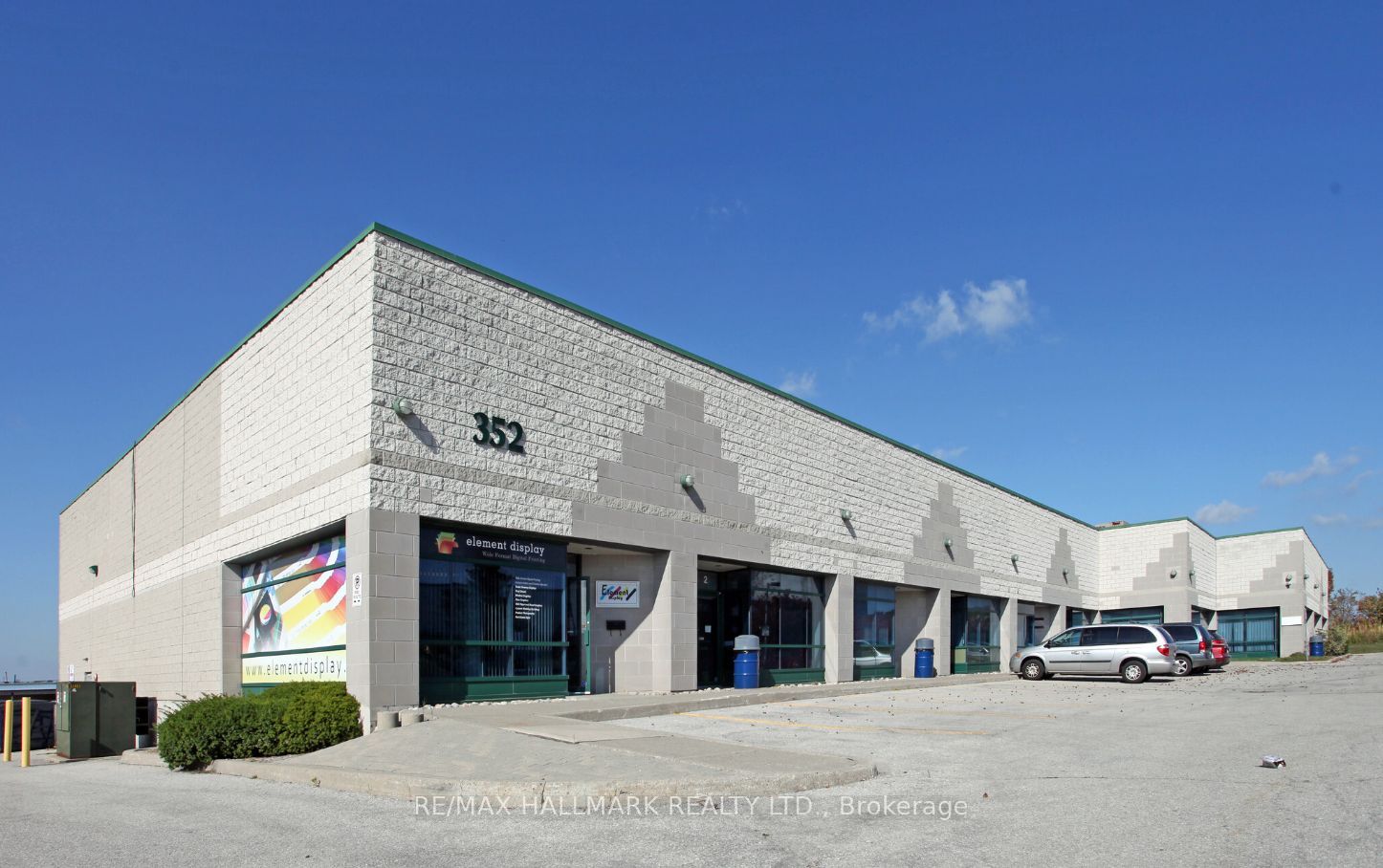The professional approach to estimating property replacement cost

The professional approach to estimating property replacement cost
One of the reasons there is such a high percentage of underinsured properties (around 75% based on research) is that many policies are underwritten based on rough square-foot replacement cost estimates and are often imprecise.
A wide variety of methodologies are used to determine a building replacement cost for insurance purposes – and a wide variety of individuals prepare these estimates. Insurance brokers, real estate portfolio managers, property managers may conduct insurance appraisals using software or industry cost guides.
In some cases, such as a simple, standard building, a replacement cost estimate produced by software or a costing manual may be appropriate. These tools can provide average estimated costs for commercial structures and equipment.
But there are limitations and risks when unqualified individuals conduct appraisals of commercial real estate assets and multi-family buildings relying solely on previous estimates, software or cost guides. These approximate replacement costs are based on the cost-per-square-foot of a similar type of building, and often rely on an architect’s zoning area and not the actual gross building area (which a qualified QS will account for). The result is only a rough estimate of rebuilding cost and does not take into account location, construction quality, actual measurements, specific features of a property or current bylaws and building codes.
Especially today, when many properties are complex – combining mixed uses or encompassing a heritage component – accurate estimating is more demanding than it was in the past. The process of calculating an accurate replacement cost estimate for a building requires a variety of data and extensive knowledge of construction.
This is why working with a third-party professional is important for delivering an unbiased and accurate insurance appraisal. Quantity surveyors are professional cost consultants who have construction experience and follow consistent and standardized processes to produce estimates based on substantiated costs.
The cost professional approach:
Quantity surveyors follow a thorough, regulated process adapted to the type of building, the needs of the owner or in the case of condominiums, the board, and whether the assessment is an annual update or a comprehensive evaluation.
- Collect and review documentation from the owner or property manager. This would include, as available: building condition assessment report; architectural, structural, mechanical and electrical drawings; renovations history.
- Physically inspect the property when possible. This involves taking photos, measuring in some cases and inspecting to verify and supplement supplied information. The inspection encompasses above-grade built form as well as below-grade assets such as underground parking and storage and the grounds around the building.
- Measure the building area from the plans provided (if available). Often estimates rely on measurements from the architect’s zoning area which exclude some building areas and this will lead to inaccuracies. A qualified professional will validate the gross construction area and will ensure the correct building area is used for the estimate.
- Benchmark with similar properties. To verify the accuracy of insurable value, they will also benchmark estimated construction costs for the building with similar appraised properties.
- Estimate construction costs. The quantity surveyor will develop a current cost estimate by cross-referencing supplied documentation, the results of a physical inspection, historical cost data and industry data that is available to them, and their own experience with construction cost increases in specific market sectors and regions.
- Prepare a dependable replacement cost estimate report. The quantity surveyor will prepare a draft report for discussion with the property manager, owner or board. This will include a description of the building structure, services and finishings; building areas; and photos; and a summary of estimated replacement costs.
Once the report is finalized, you will receive an independent third-party report your property insurer can rely upon for current, accurate insurable value. In the event of a partial or full loss, this report will facilitate a quick and complete settlement.
Protect your investment by getting an accurate and current replacement cost estimate to mitigate risk and gain peace of mind that if the need arises, you’ll be covered.
Source Altus Group. Click here to read a full story










luna yorum tl | Mar 6,2023
Very nice post. I just stumbled upon your blog and wanted to say that I’ve really enjoyed browsing your blog posts. In any case I’ll be subscribing to your feed and I hope you write again soon!
20bet | Sep 3,2023
Your article gave me a lot of inspiration, I hope you can explain your point of view in more detail, because I have some doubts, thank you.